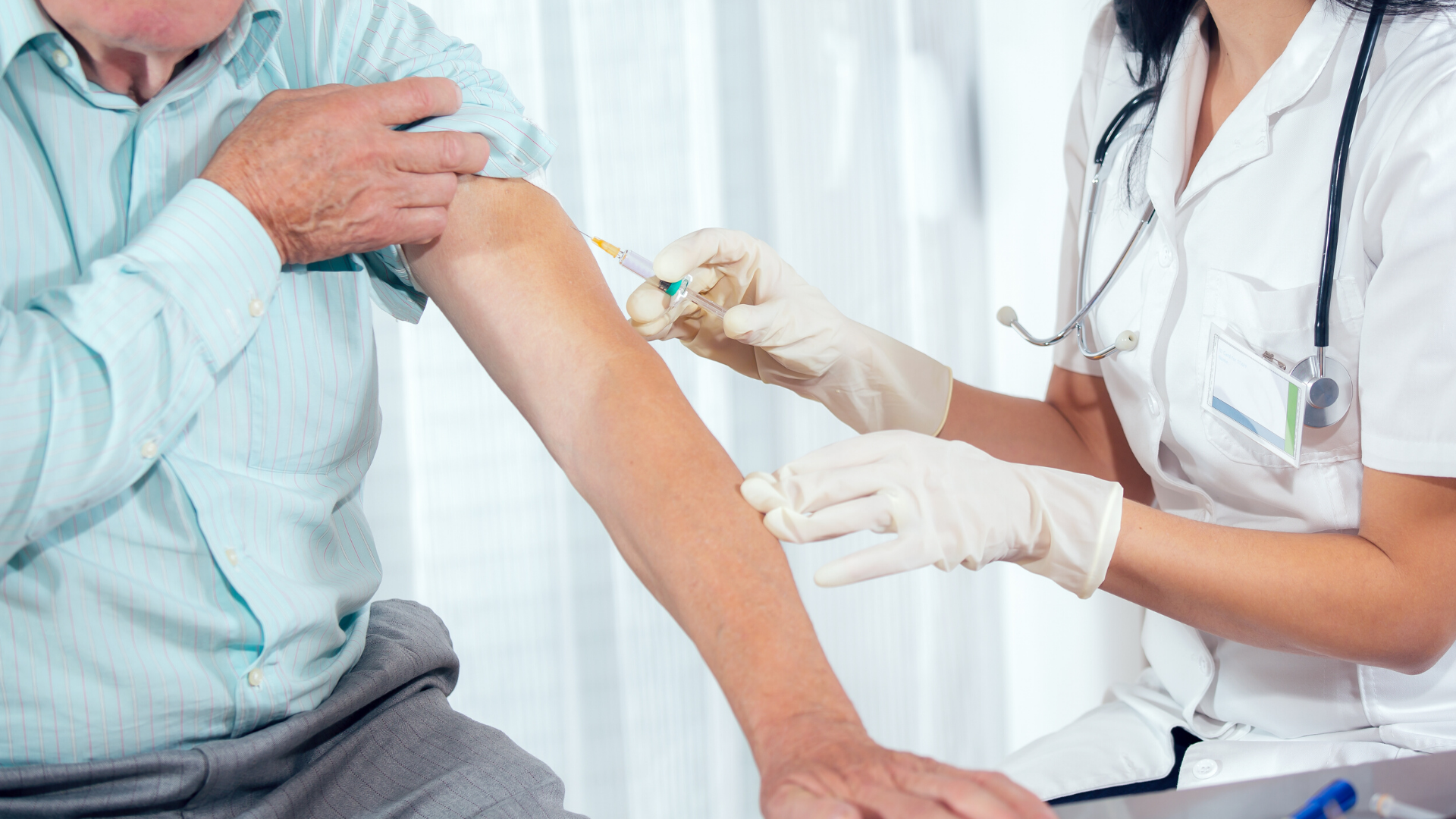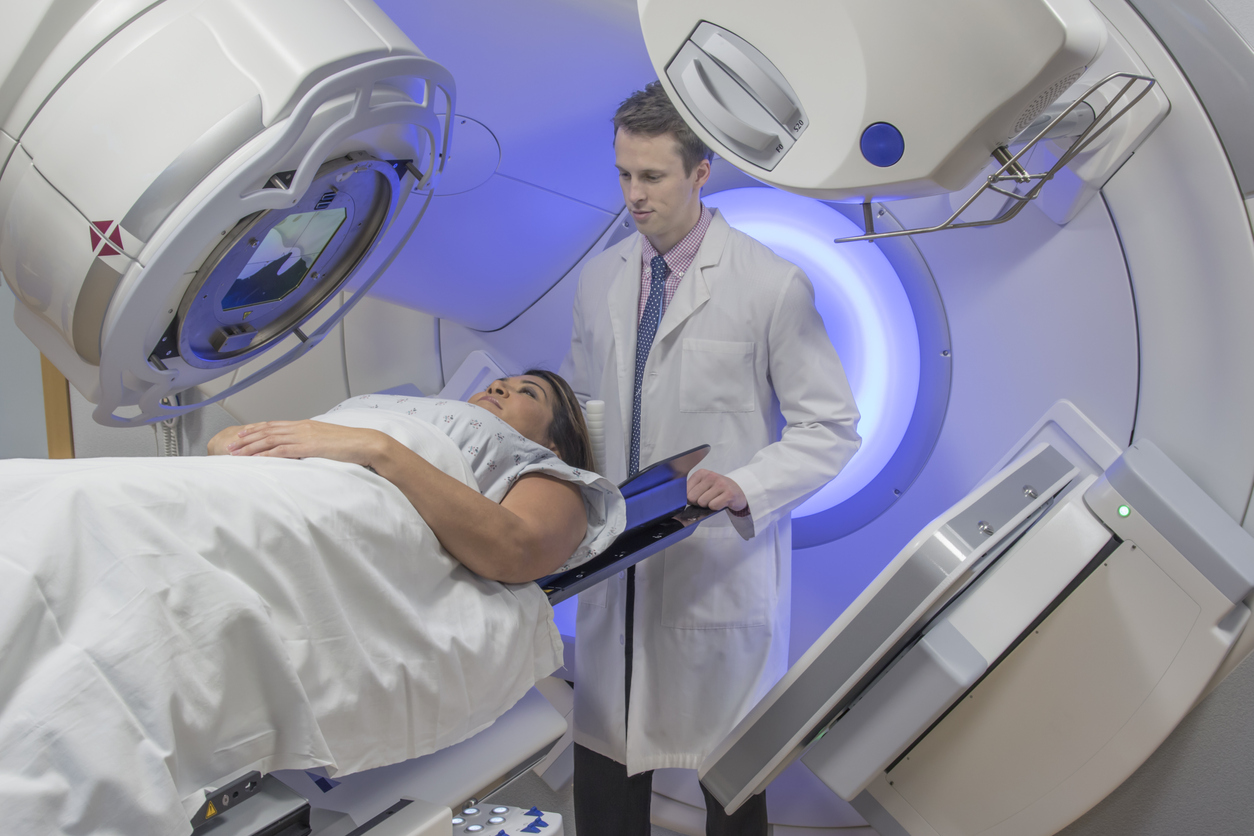Types of immunotherapy

Checkpoint inhibitors
T-cells have proteins on them that turn on an immune response and other proteins that turn it off. These are called checkpoints. Cancer cells sometimes find ways to use these checkpoints to hide from the immune system. They do this by making high levels of proteins to switch off T-cells, when the T cells should really be attacking the cancer cells.
Checkpoint inhibitors work by blocking the proteins that stop the immune system from killing cancer cells. When checkpoint inhibitors block these proteins, this turns the immune system back on and the T-cells are able to find and destroy the cancer cells. There are many different types of checkpoint inhibitors. Whether you have this treatment depends on what treatment you’ve had to date and the stage of your cancer. You may also have this treatment as part of a clinical trial.
Monoclonal antibodies
The immune system makes large numbers of antibodies to fight off disease and infection. Antibodies are proteins that travel around the body to seek out other proteins called antigens. When both of these proteins join together, the body knows there is an invader that needs to be destroyed.
Scientists can design antibodies that specifically target a certain antigen, such as one found on cancer cells. They can then make many copies of that antibody in the lab. These are known as monoclonal antibodies. Monoclonal antibodies work in different ways and some are classed as targeted therapies.
Cytokines
Cytokines are proteins or chemicals in our body that control the activity and growth of immune system cells. The two main cytokines in the body are interleukin and interferon:
- Interleukin works by stimulating anti-cancer T-cells
- Interferon works by helping the immune system slow the growth of cancer
Scientists are now able to make synthetic version of interleukin and interferon in a lab. These can be used to fight cancer.
Cancer vaccines
Research in the area of cancer vaccines is at an early stage. Scientists are trying to find out if cancer vaccines can help the immune system to recognise cancer cells and destroy them.
How do vaccines work?
Most of us know about vaccines given to healthy people to help prevent infections, such as measles and chicken pox. Vaccines are made from weakened or harmless versions of the disease.
When you have the vaccine, the immune system makes antibodies that can recognise and attack the disease.
Once the body has made these antibodies, they will be ready to recognise and fight the disease if you come into contact with it again. So you’re protected from it.
Adoptive cell transfer
This type of immunotherapy is still in the early stages of development. The aim of adoptive cell therapy is to improve cells in your immune system to help them to better fight cancer. It is done in 3 main stages:
- Immune system cells removed from your body
- Cells genetically modified in a lab so they can better fight off cancer
- Cells reintroduced into your body using a drip
More information about immunotherapy treatments
If you know the name of the immunotherapy you’re interested in, visit the Health Product Regulatory Authority’s website, where you will find more information about:
- What the drug is
- How it is given
- Possible side-effects
CAR T-cell Therapy
CAR T-cell therapy is a form of immunotherapy. It can be used to treat specific blood cancers, including some types of lymphoma and acute lymphoblastic leukaemia (ALL).
Currently, St James’s Hospital in Dublin provides CAR T-cell therapy to adults. Other centres that can provide this therapy are expected to be established around the country in the future.
CAR T-cell therapy is provided to children at CHI Crumlin. For more information on this service in Crumlin, click here.
What are T-cells?
In order to understand how CAR T-cell therapy works, it helps to know more about T cells.
White blood cells called lymphocytes help to fight infections and diseases, including cancer. T cells are a type of lymphocyte.
T cells find and destroy faulty cells that are caused by infections and diseases. If your body comes into contact with a new infection or disease, the body makes T cells to fight it. The body also keeps some of these T cells so that if it comes across the infection or disease again, the body will recognise it and try to fight it immediately.
It can be difficult for T cells to tell the difference between cancer cells and normal cells. As a result, cancer cells may not be found and destroyed by the T cells. This is where CAR T-cell therapy comes in.
How does CAR T-cell therapy work?
CAR T-cell therapy works by changing your T cells so that they are better able to recognise and attack cancer cells.
- T cells are removed from your blood by a process known as apheresis. They are sent to a special laboratory.
- The T cells are modified (changed) to help them recognise and target the cancer cells. These modified cells are called CAR T-cells.
- The CAR T-cells are returned to your body through a drip.
- The CAR T-cells hopefully then find and destroy the cancer cells.
Information for patients
If you undergo CAR T-cell therapy at St James’s, you will be provided with a patient booklet which contains further details about your treatment and what you can expect. This patient booklet is also available to download below.
CAR T medical content reviewed by; Elizabeth Higgins, Clinical Nurse Manager III and CAR T Service Co-ordinator; Sarah Connolly, Haematology Candidate Advanced Nurse Practitioner; Barbara Parkinson, Daffodil Centre Nurse
For more information
Phone
1800 200 700



